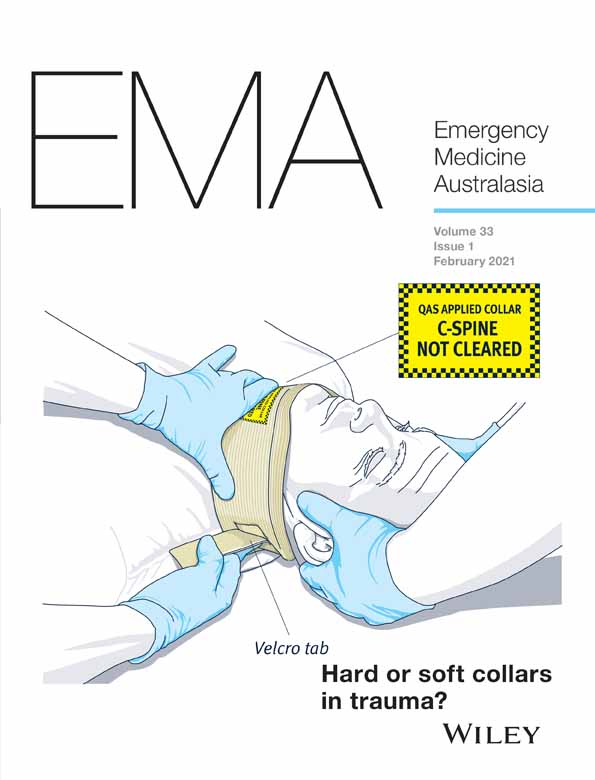Is lactate lower in septic patients who are prescribed beta blockers? Retrospective cohort study of an intensive care population
Abstract
Objective
Elevated serum lactate has long been considered an important marker of sepsis severity. Increasing evidence supports catecholamine-stimulated aerobic glycolysis being a major contributor to the hyperlactataemia seen in sepsis. Beta-blockade may blunt such catecholamine mediated rise in lactate analogous to the way it can mask tachycardia. This could impact the way we evaluate sepsis severity and adequacy of initial treatment. The objective of this study is to investigate whether septic patients who were on beta-blocker treatment at presentation have lower serum lactate level.
Methods
Using a retrospective cohort design we gathered data on patients admitted to our base hospital intensive care unit with APACHE III diagnosis of sepsis and septic shock during the 2017 calendar year. Serum lactate, current medications, presenting vital signs, illness severity scores, laboratory data and mortality outcome were extracted from patients' medical record and the unit's clinical database.
Results
Of 189 records analysed, 49 patients were concurrently prescribed beta-blockers. More beta-blocked patients were male, beta-blocked patients were older, and a greater proportion of beta blocked patients had their first lactate measured as an inpatient. After regression to correct for identified significant covariates mean serum lactate was 0.87 (95% confidence interval 0.05–1.69) mmol/L lower in those prescribed beta blockers.
Conclusions
In our cohort pre-existing beta blocker treatment was associated with lower serum lactate measurements in patients presenting with sepsis. Pre-existing beta blocker treatment may reduce serum lactate at presentation in patients with sepsis.
Open Research
Data availability statement
The data that support the findings of this study are available from the corresponding author upon reasonable request.




